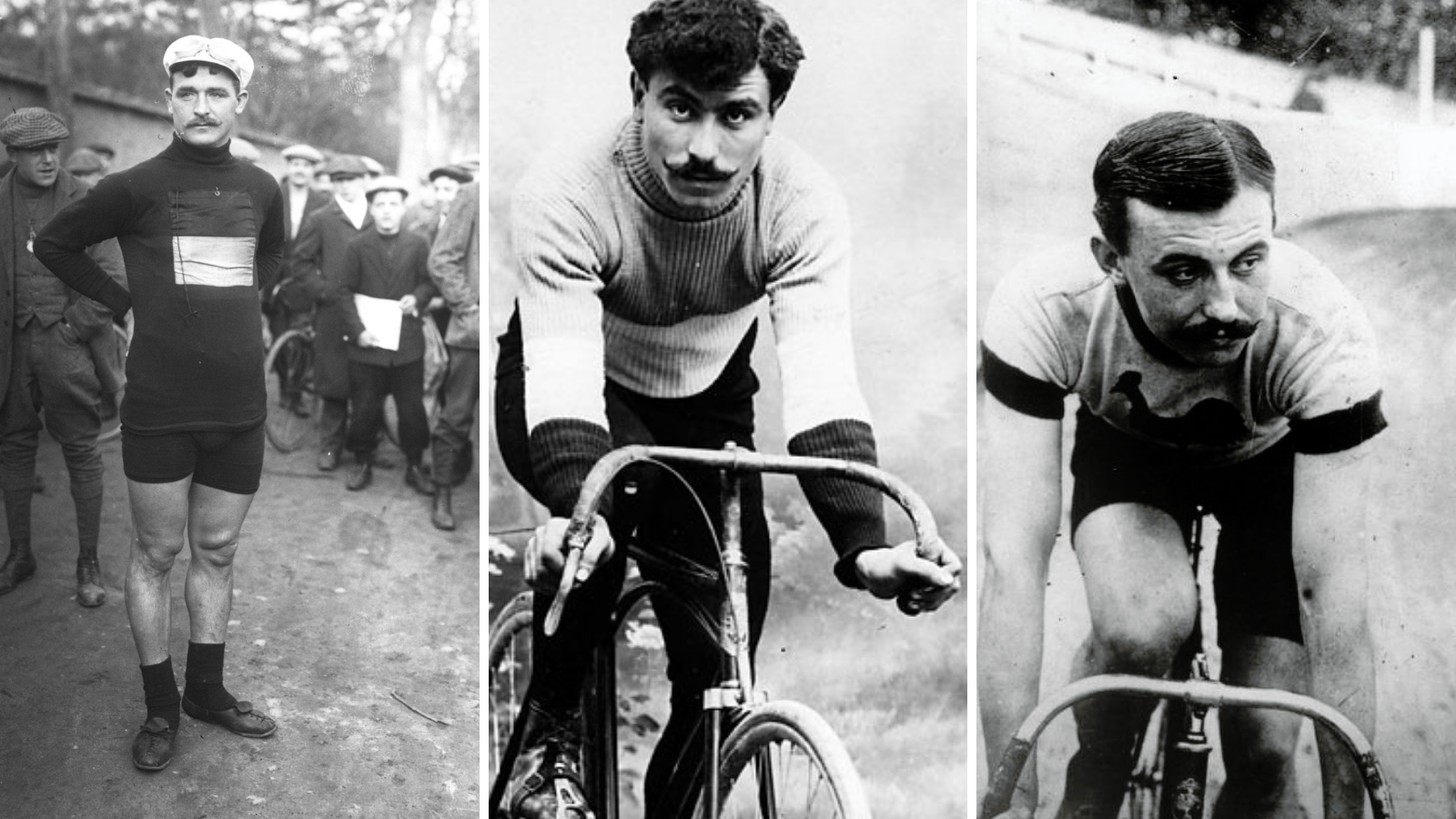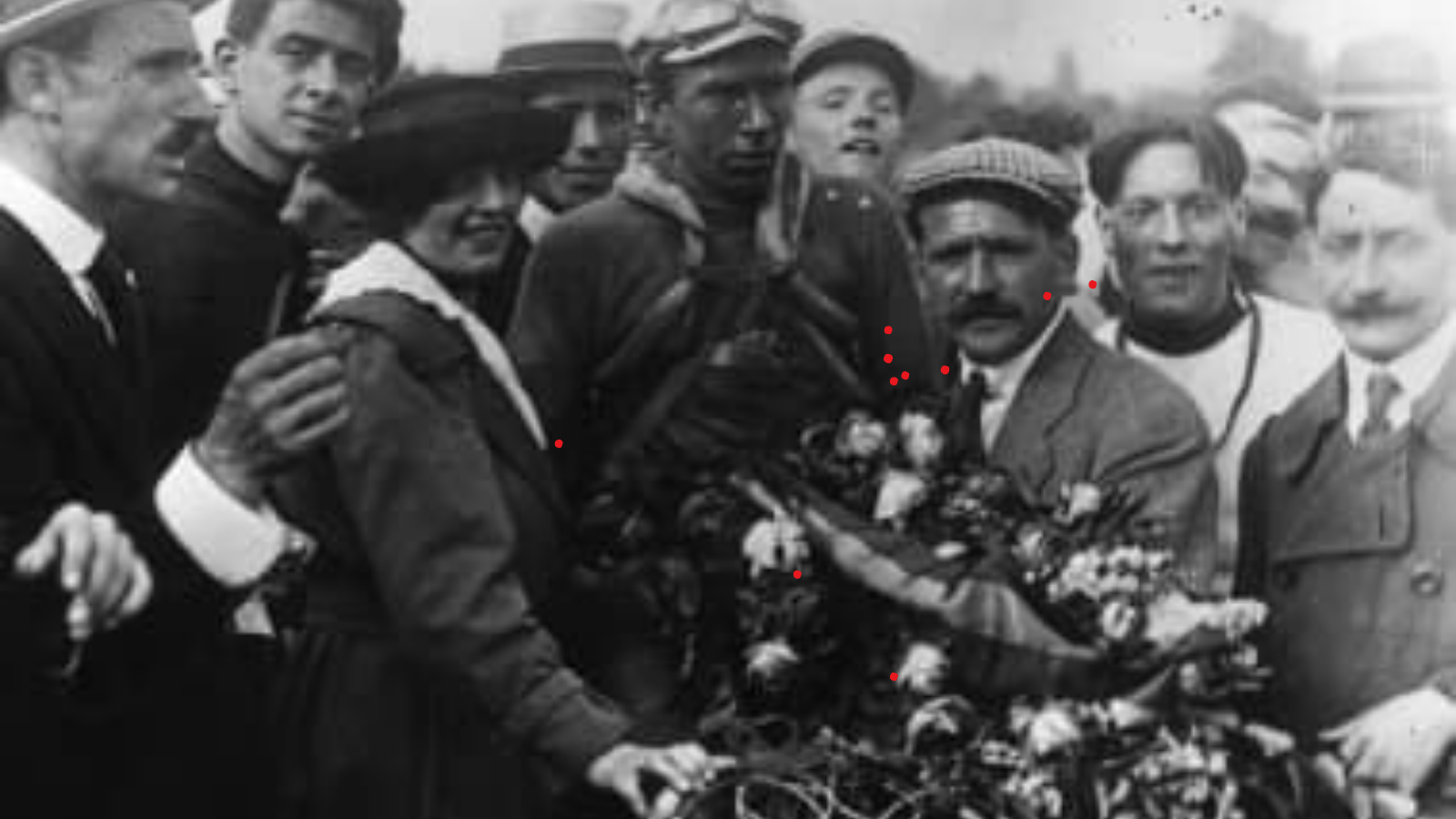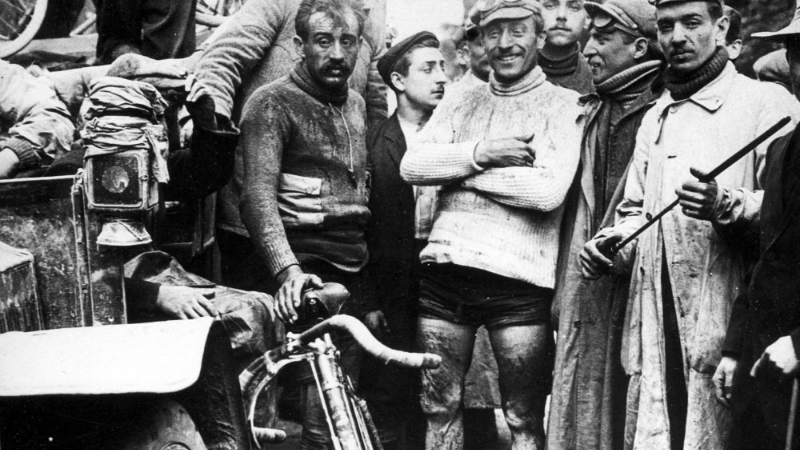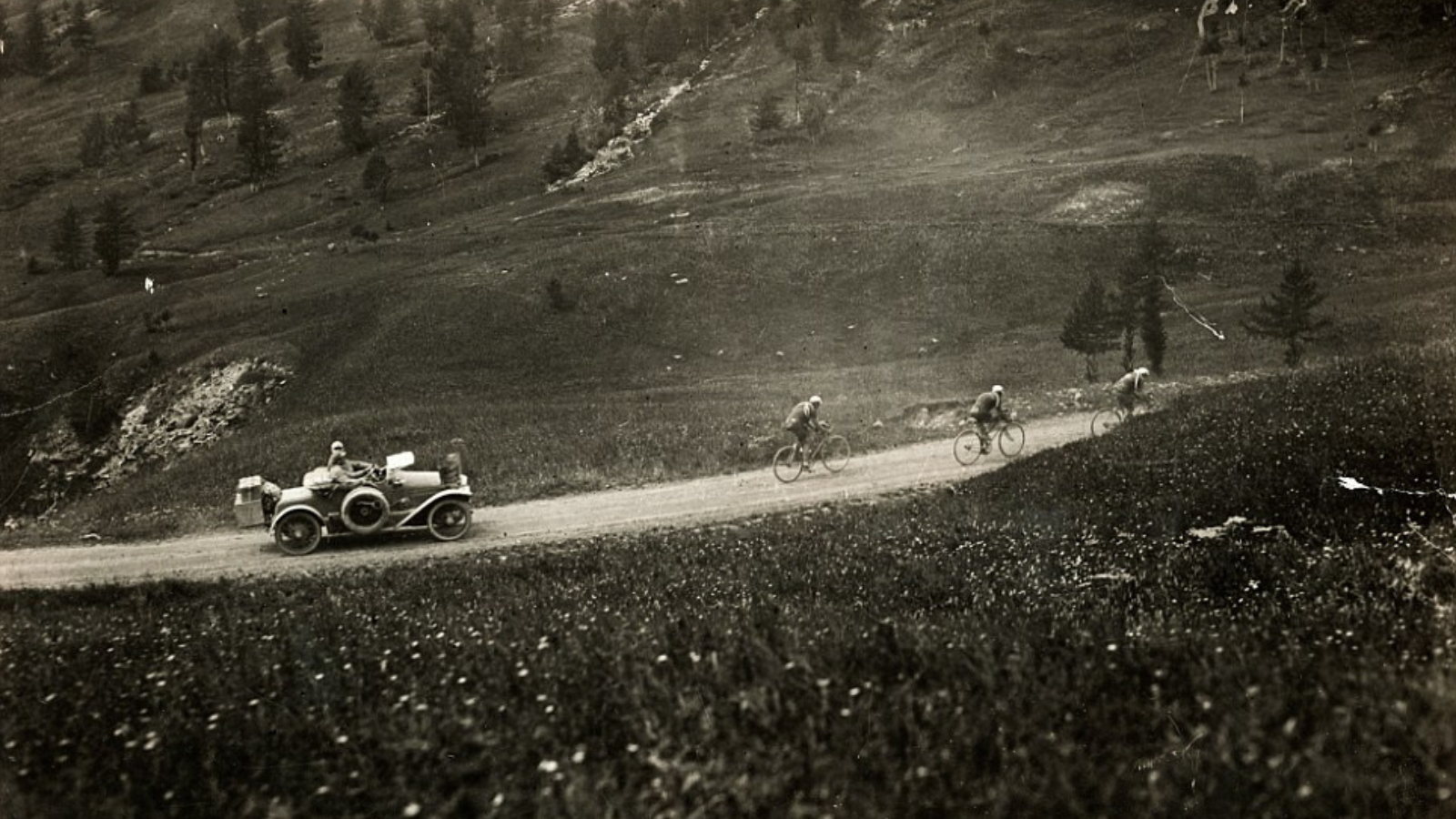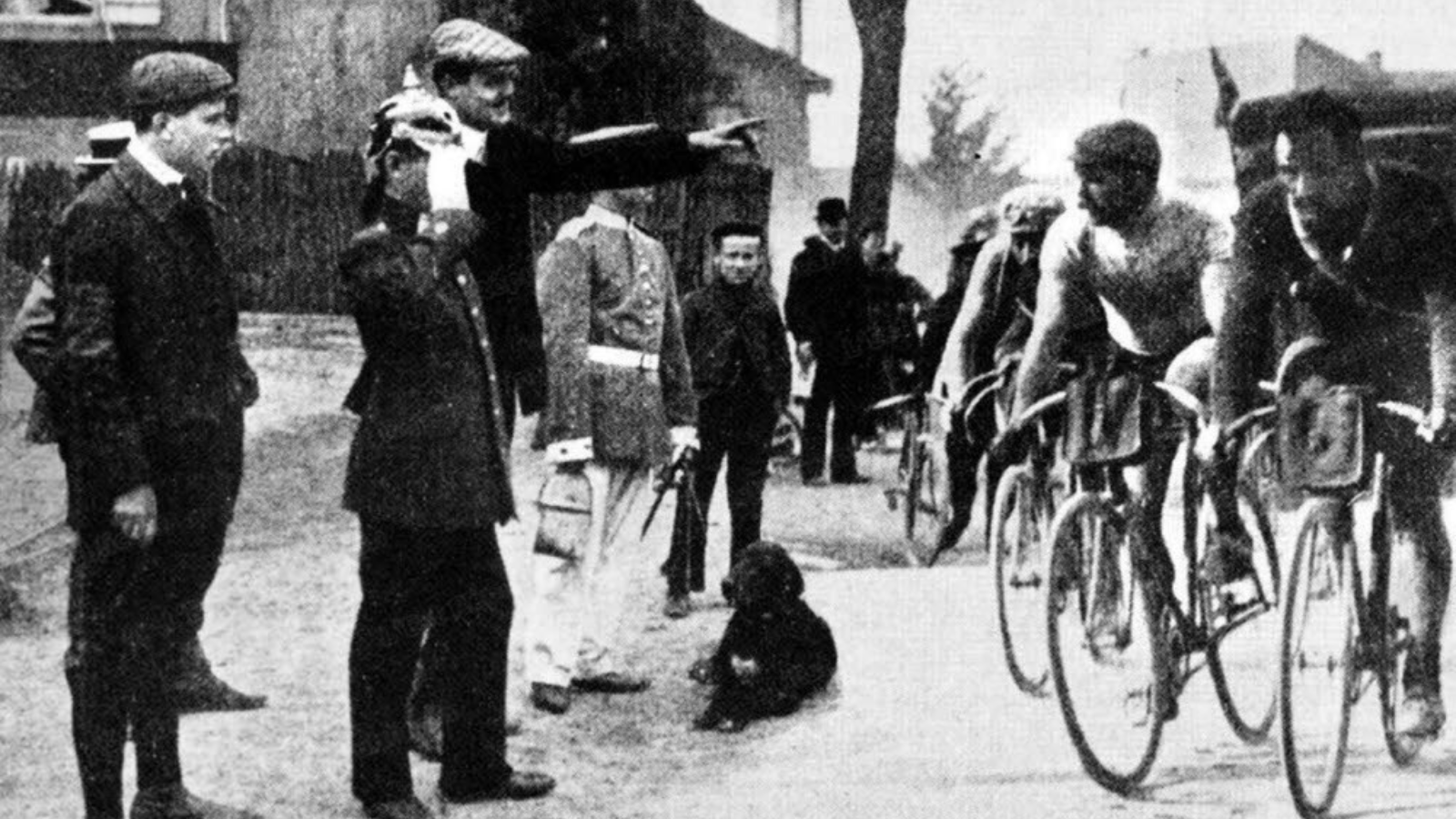As in almost every part of European life, also in the world of cycling races World War I was a significant watershed. Not only the naivity of some athletes ((who thought previously, that fighting on the battlefield would be the same like competing at the Olympics - read more about it in Graham Healy:The Shattered Peloton: The Devastating Impact of World War I on the Tour de France)) has disappeared immediately, when they found themselves in the trenches, but among the millions of young men lost their life during the conflict, there were also several cyclists, even some famous ones.
There were three former Tour de France winners, who have lost their lives in the First World War:
François Faber (1887-1915)
He was the first foreign (a Luxembourgian, although born in France) Tour de France winner in 1909. His record of winning five consecutive stages within a race still stands. He joined the French Foreign Legion at the beginning of the war and was shot on the first day of the Battle of Artois (9 May 1915).
There are two stories about the circumstances of his death: he just received a telegram saying his wife gave birth to their daughter and he was shot when he jumped out of the thrench enthusiasticly. The other version of his dead is more realistic: he was carring an injured collegue from no man's land as he was shot too.
Octave Lapize (1887-1917)
The first cyclist on the top of the Tourmalet, three-time Paris-Roubaix winner (1909, 1910, 1911) Tour de France winner ( 1910) He was a pilot of the French Army and was shot down on the Bastille Day in 1917. He suffered serious injuries and died some days later.
Lucien Petit-Breton (1882-1917)
Winner of the Tour de France 1907 and 1908, and Milano-Sanremo in 1907. At the beginning of the war he was a taxi driver in Paris, so he was part of the famous car convoy which transported cca 6000 French soldiers to the northern part of the country right before the First Battle of the Marne. After this, he joined the army and was killed in a fatal accident caused by a drunken butcher with a horse-drawn cart in December 1917.
MORE ROAD CYCLING AND THE FIRST WORLD WAR
The slowest and the fastest Tour de France
You might wonder which Tour de France edition was the slowest and wich. one the fastest. Here you have the answer.The slowest Tour de Francewas the 13th edition, held between 29th June and 27 July in 1919. The 5560 km long route of the race was divided into 15 stages. (And it wasn’t even the … Read more
Tour de France winners died in the First World War
As in almost every part of European life, also in the world of cycling races World War I was a significant watershed. Not only the naivity of some athletes ((who thought previously, that fighting on the battlefield would be the same like competing at the Olympics – read more about it in Graham Healy:The Shattered … Read more
5 facts about Tour de France 1919
The 13th Tour de France, held between 29 June and 27 July was the first edition after First World War. The yellow jersey was introduced during this edition of Tour de France. Most of the cyclists were racing in grey jersey, thus there must have been something, a colorful jersey for example, to distinguish the … Read more
THE EARLY YEARS OF TOUR DE FRANCE (1903-1914)
5 facts about Tour de France 1903
The first Tour de France started at 3 pm on the 1st of July in 1903 from the Café au Reveil Matin (Paris).
Climbing Col d’Allos at Tour de France 1914 -Vintage cycling image of the day
Tour de France 1914 started on the same day, 28th June, as the Austro-Hungarian Archduke Franz Ferdinand and his wife, Sophie, Duchess of Hohenberg were assassinated in Sarajevo. When the riders lined up in the middle of the nigh for the start of the first stage in Paris, they knew nothing about that this day … Read more
When Tour de France went abroad before 1914
Defining historical events of the 20th century often left their marks on road cycling history. Just think about, for istance, the impact of World War 1 on the mythology of some famous races, like Paris-Roubaix. The born of the famous phase of “Hell of the North” is a quite well known story among cycling fans. … Read more
